Enhanced User Engagement
The Augmented Reality Market is witnessing a surge in user engagement due to the immersive experiences it offers. Businesses are increasingly adopting AR technologies to create interactive marketing campaigns that captivate consumers. For instance, brands are utilizing AR to allow customers to visualize products in their own environment before making a purchase. This not only enhances the shopping experience but also increases conversion rates. According to recent data, companies that have integrated AR into their marketing strategies report a 30% increase in customer engagement. As more businesses recognize the potential of AR to create memorable interactions, the demand for AR solutions is expected to rise, further propelling the Augmented Reality Market.
Technological Advancements
The Augmented Reality Market is significantly influenced by rapid technological advancements. Innovations in hardware, such as improved sensors and displays, are enhancing the capabilities of AR applications. For example, the development of lightweight smart glasses and mobile devices with advanced processing power is making AR more accessible to consumers and businesses alike. Furthermore, software advancements, including machine learning and computer vision, are enabling more sophisticated AR experiences. As these technologies evolve, they are likely to drive the adoption of AR across various sectors, including retail, healthcare, and education. The integration of these technologies is expected to contribute to a projected growth rate of over 40% in the Augmented Reality Market over the next few years.
Increased Investment in AR Startups
The Augmented Reality Market is benefiting from increased investment in AR startups, which is fostering innovation and development. Venture capitalists and tech companies are recognizing the potential of AR technologies and are investing heavily in emerging firms. This influx of capital is enabling startups to develop cutting-edge AR applications and solutions that cater to various industries. For instance, investments in AR gaming and entertainment have led to the creation of engaging experiences that attract a wide audience. Additionally, the rise of AR in sectors such as real estate and tourism is further driving investment. As funding continues to flow into the Augmented Reality Market, it is likely to accelerate growth and expand the range of applications available.
Growing Demand in Training and Simulation
The Augmented Reality Market is experiencing a growing demand for training and simulation applications. Industries such as manufacturing, aviation, and healthcare are increasingly utilizing AR to enhance training programs. By providing realistic simulations, AR allows trainees to practice skills in a safe environment, thereby improving learning outcomes. For instance, AR can be used to simulate complex machinery operations, enabling workers to gain hands-on experience without the risks associated with real-world training. This trend is supported by data indicating that companies using AR for training report a 25% reduction in training time and a 40% increase in retention rates. As organizations seek more effective training solutions, the Augmented Reality Market is poised for substantial growth.
Integration with Internet of Things (IoT)
The Augmented Reality Market is increasingly integrating with the Internet of Things (IoT), creating new opportunities for innovation. This convergence allows AR applications to leverage real-time data from connected devices, enhancing user experiences. For example, AR can provide users with contextual information about their surroundings by accessing data from IoT sensors. This integration is particularly beneficial in sectors such as smart homes and industrial automation, where AR can visualize data in a more intuitive manner. As the number of connected devices continues to grow, the potential for AR applications to enhance functionality and user interaction is substantial. This synergy is expected to drive further growth in the Augmented Reality Market, as businesses seek to capitalize on the benefits of both technologies.
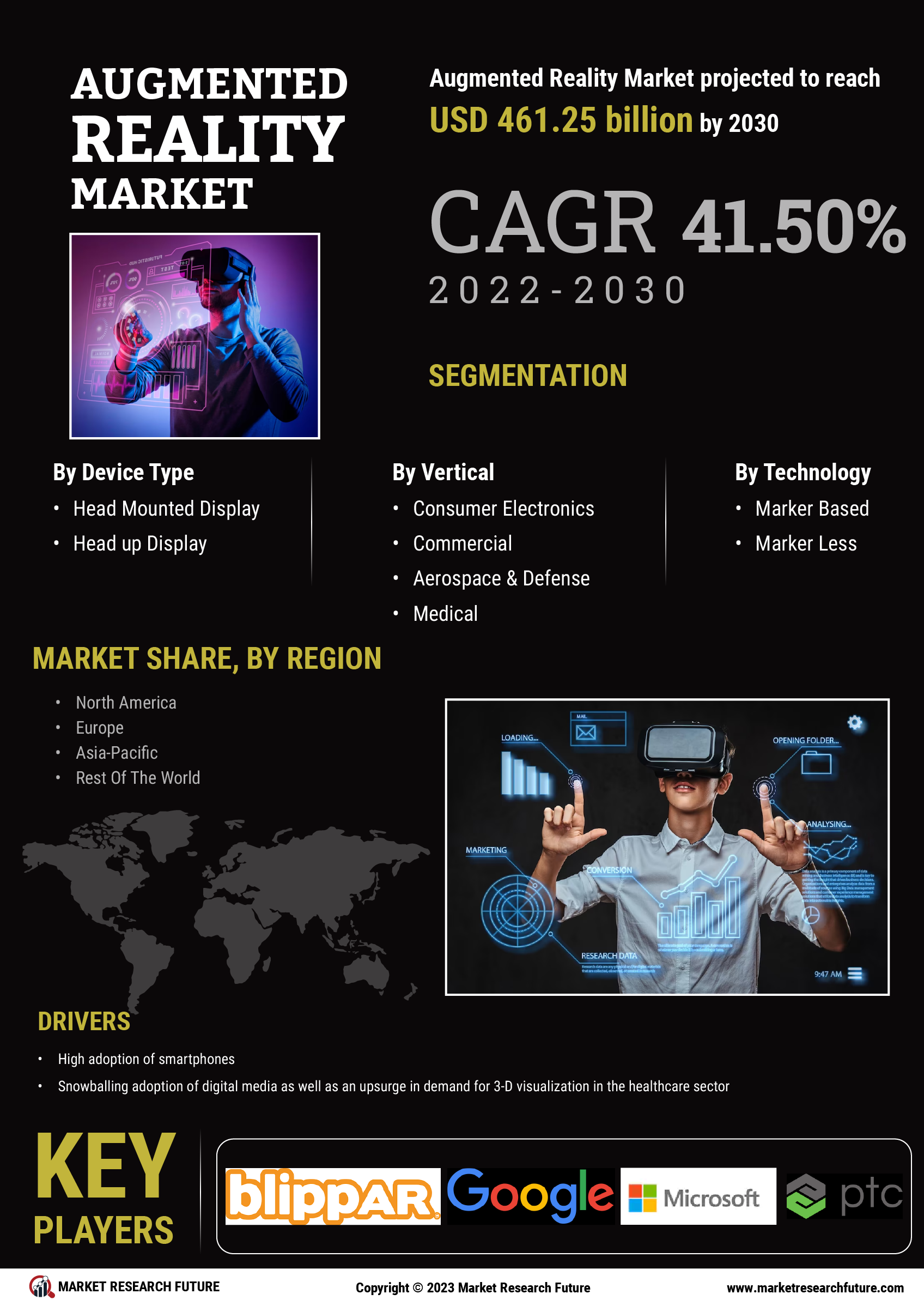

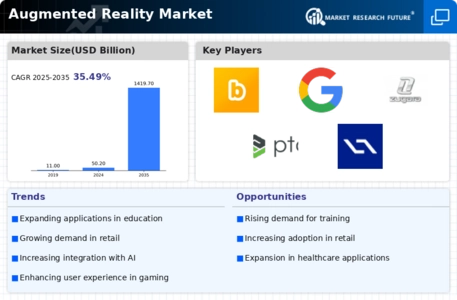
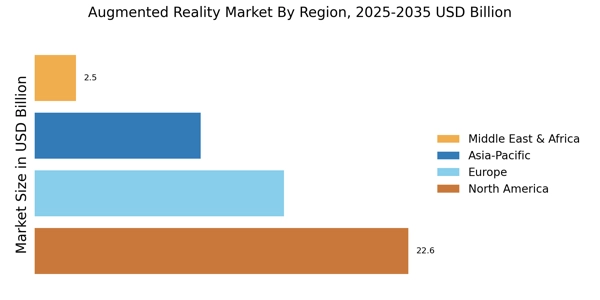

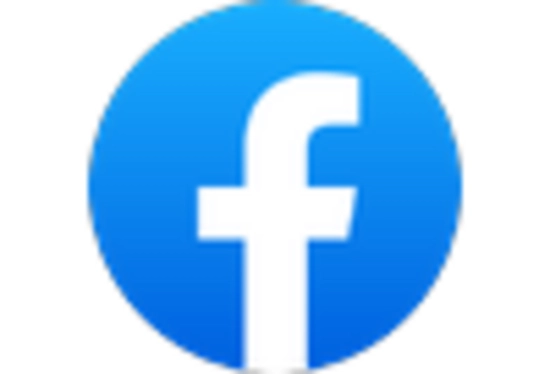



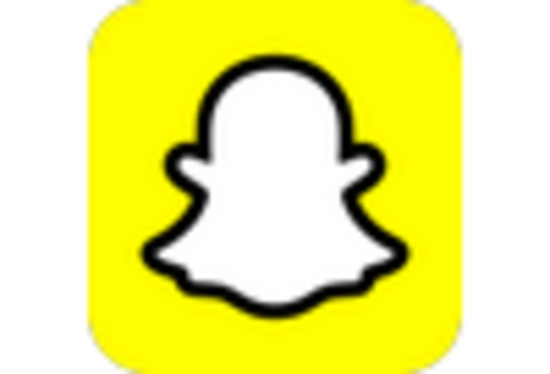








Leave a Comment